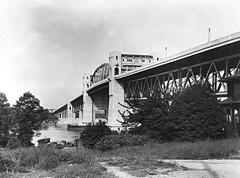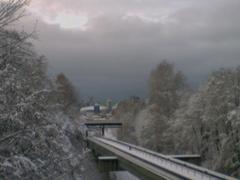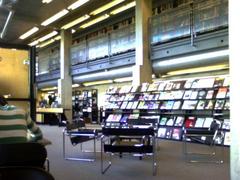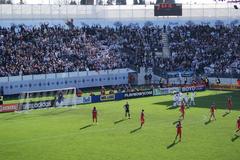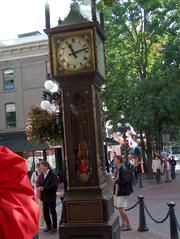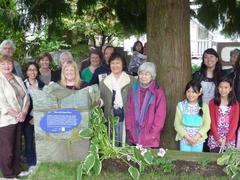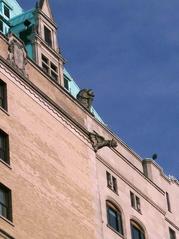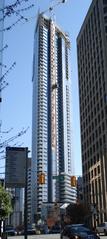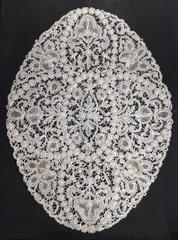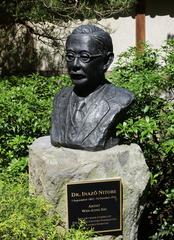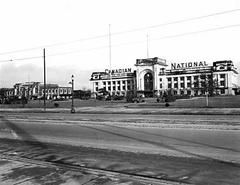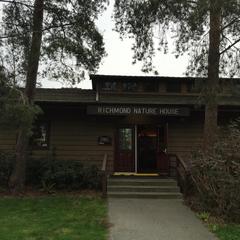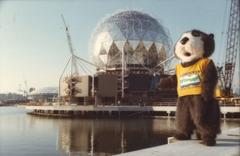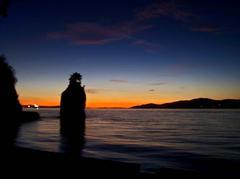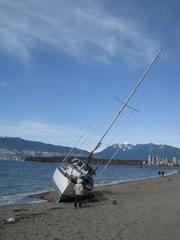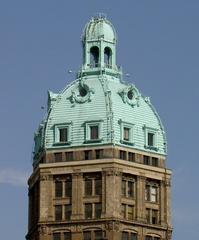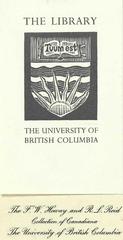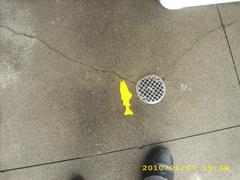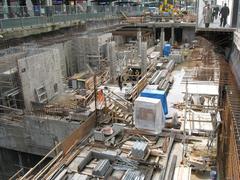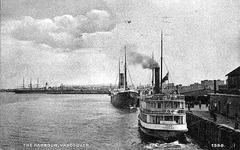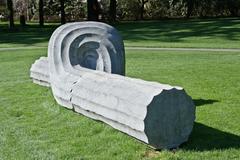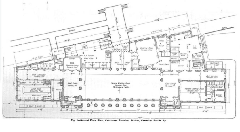
Vancouver City Hall: Visiting Hours, Tickets, and Historical Sites Guide
Date: 03/07/2025
Introduction
Vancouver City Hall is a defining civic landmark that encapsulates the city’s evolution, architectural ambition, and commitment to inclusivity. Serving as the administrative heart since 1936, it stands at 453 West 12th Avenue in Mount Pleasant—a bold decision at the time, as it became the first major Canadian city hall built outside the traditional downtown core. This guide provides a comprehensive overview, including the building’s history, architectural significance, practical visitor information, and nearby attractions. Whether you’re passionate about architecture, local history, or simply exploring the city, Vancouver City Hall offers a memorable and enriching experience (Miss604; Heritage Site Finder).
Table of Contents
- Early History and Evolution
- Site Selection and Civic Expansion
- Construction and Architectural Features
- Preservation and Heritage Status
- Visiting Hours, Tickets, and Accessibility
- Community Role and Multicultural Significance
- Key Events Timeline
- Travel Tips and Nearby Attractions
- Frequently Asked Questions (FAQ)
- Conclusion and Visitor Resources
Early History and Evolution
Vancouver’s original city hall was a simple tent erected after the Great Fire of 1886, located at the foot of Carrall Street (Miss604). As the city expanded, civic administration moved to more permanent premises, with a purpose-built hall on Powell Street in 1893, followed by a move to Main Street and then the Holden Building at 16 East Hastings. These moves reflected the city’s rapid growth and the increasing complexity of governance (Miss604).
Site Selection and Civic Expansion
By the 1930s, with Vancouver’s boundaries enlarged by the amalgamation of Point Grey and South Vancouver, a new city hall was needed. Mayor Gerry McGeer led a committee to select a site, ultimately choosing Strathcona Park at Cambie Street and West 12th Avenue. This strategic location symbolized unity and forward-thinking urban planning, marking Vancouver as a pioneer in situating its civic center outside the downtown core (Miss604; Places That Matter).
Construction and Architectural Features
Construction commenced in 1935 and finished in 1936, at a cost of approximately $1 million—a remarkable achievement during the Great Depression (Miss604). The building was designed in the Art Deco and Modern Classical styles by Townley & Matheson, with Fred Townley as lead architect. Its 12-storey tower, illuminated clock, and symmetrical lines are defining features, while the use of local materials and labor reflected civic pride and economic stimulus during difficult times (Heritage Site Finder).
Notable Features
- Tower and Clock: The central 12-storey tower capped by a neon clock is a recognizable element of Vancouver’s skyline.
- Art Deco Motifs: Geometric forms, stylized bas-relief panels, and gold leaf interior accents.
- Interior Details: Marble floors, wood paneling, and original fixtures evoke 1930s craftsmanship.
- Landscaped Grounds: The site is set back from the street, with landscaped approaches and a prominent statue of Captain George Vancouver (Wikipedia).
Preservation and Heritage Status
Vancouver City Hall is designated a Schedule A heritage building, ensuring protection of its Art Deco and Modern Classical features (Wikipedia). The City of Vancouver Archives and Vancouver Heritage Foundation partner in preserving its architectural integrity and historical records. Restoration efforts maintain key elements such as the tower, council chambers, and entrance, while upgrades ensure continued accessibility and safety (Heritage Site Finder).
Visiting Hours, Tickets, and Accessibility
Address: 453 West 12th Avenue, Vancouver, BC, V5Y 1V4
Hours of Operation
- Monday to Friday: 7:00 am – 7:00 pm
- Weekends & Holidays: 8:00 am – 5:00 pm
- Public Areas: Generally accessible from 9:00 am – 4:00 pm (some areas may be restricted during renovations or special events) (City of Vancouver).
Admission
- Entry Fee: Free; no tickets required.
- Guided Tours: Occasionally available during special events or by appointment; check the official website or Vancouver Heritage Foundation.
Accessibility
- Fully wheelchair accessible with ramps, elevators, and accessible washrooms.
- Contact city hall in advance for assistance if needed.
- Some access routes may be temporarily affected by renovations (City of Vancouver).
Community Role and Multicultural Significance
Vancouver City Hall stands on the unceded territories of the xʷməθkʷəy̓əm (Musqueam), Sḵwx̱wú7mesh (Squamish), and səlilwətaɬ (Tsleil-Waututh) Nations. The city’s ongoing land acknowledgement and reconciliation efforts are visible throughout city programs and events (City of Vancouver). City Hall is also a hub for public gatherings, civic ceremonies, protests, and diverse cultural celebrations, reflecting Vancouver’s vibrant multicultural identity (The Unconventional Route; City of Vancouver).
Key Events Timeline
- 1886: First city hall (tent) at Granville Townsite after the Great Fire.
- 1893: Purpose-built city hall opens on Powell Street.
- Early 1900s: Relocation to Main Street and then Holden Building.
- 1929: Amalgamation of Point Grey and South Vancouver expands city.
- 1935–1936: Construction and completion of current city hall.
- 1937: Mayor George Clark Miller occupies new building.
- 1968: Four-storey east wing added.
- 2015: Staff vacate east wing; future plans under discussion (Miss604).
Travel Tips and Nearby Attractions
- Public Transit: Served by Broadway–City Hall SkyTrain station (Canada Line), plus major bus routes (Wikipedia).
- Parking: Paid parking available nearby; public transit recommended.
- Nearby Attractions:
- Queen Elizabeth Park: Renowned gardens and city views.
- Granville Island: Markets, galleries, and waterfront strolls.
- Mount Pleasant: Cafes, murals, and local shops.
- Chinatown and Vancouver Art Gallery: Historic and cultural sites within reach.
Frequently Asked Questions (FAQ)
Q: What are the visiting hours?
A: Monday to Friday, 7:00 am–7:00 pm; weekends/holidays, 8:00 am–5:00 pm. Public areas generally open 9:00 am–4:00 pm.
Q: Is there an admission fee or tickets required?
A: No. Entry is free; no tickets are required.
Q: Are guided tours available?
A: Occasional tours during heritage events or by appointment.
Q: Is Vancouver City Hall wheelchair accessible?
A: Yes, including ramps and elevators. Check for any temporary changes due to renovations.
Q: Can I attend city council meetings?
A: The public is welcome at scheduled council meetings. Check the meeting schedule.
Q: Is photography allowed?
A: Permitted in public areas. For interior photography, especially during meetings or tours, inquire with staff.
Conclusion and Visitor Resources
Vancouver City Hall is a living symbol of the city’s resilience, architectural vision, and unified civic identity. Its Art Deco and Modern Classical features, panoramic tower, and ongoing role at the center of civic life make it a must-visit for anyone interested in Vancouver’s heritage. With free admission, excellent transit access, and proximity to top attractions, it offers an accessible and meaningful experience. To enrich your visit, consider attending a public event or exploring nearby historical sites. Keep up to date on tours and events through the City of Vancouver’s website or the Audiala app.
References
- Vancouver City Hall History, 2016, Miss604
- Vancouver City Hall, Heritage Site Finder
- Vancouver City Hall, City of Vancouver
- Vancouver City Hall, City of Vancouver Multiculturalism Programs
- Vancouver City Hall, Vancouver Lookout
- Places That Matter
- Wikipedia: Vancouver City Hall
- The Unconventional Route
- City of Vancouver – Getting to City Hall
- Vancouver Heritage Foundation
- TripJive
- Spacing Vancouver
- Hello Jetlag
- Destination Vancouver








